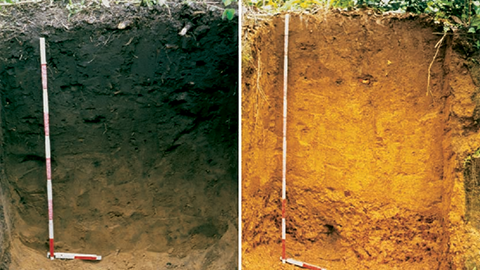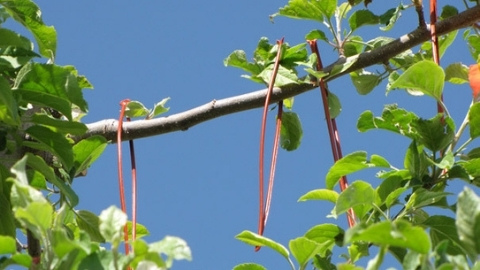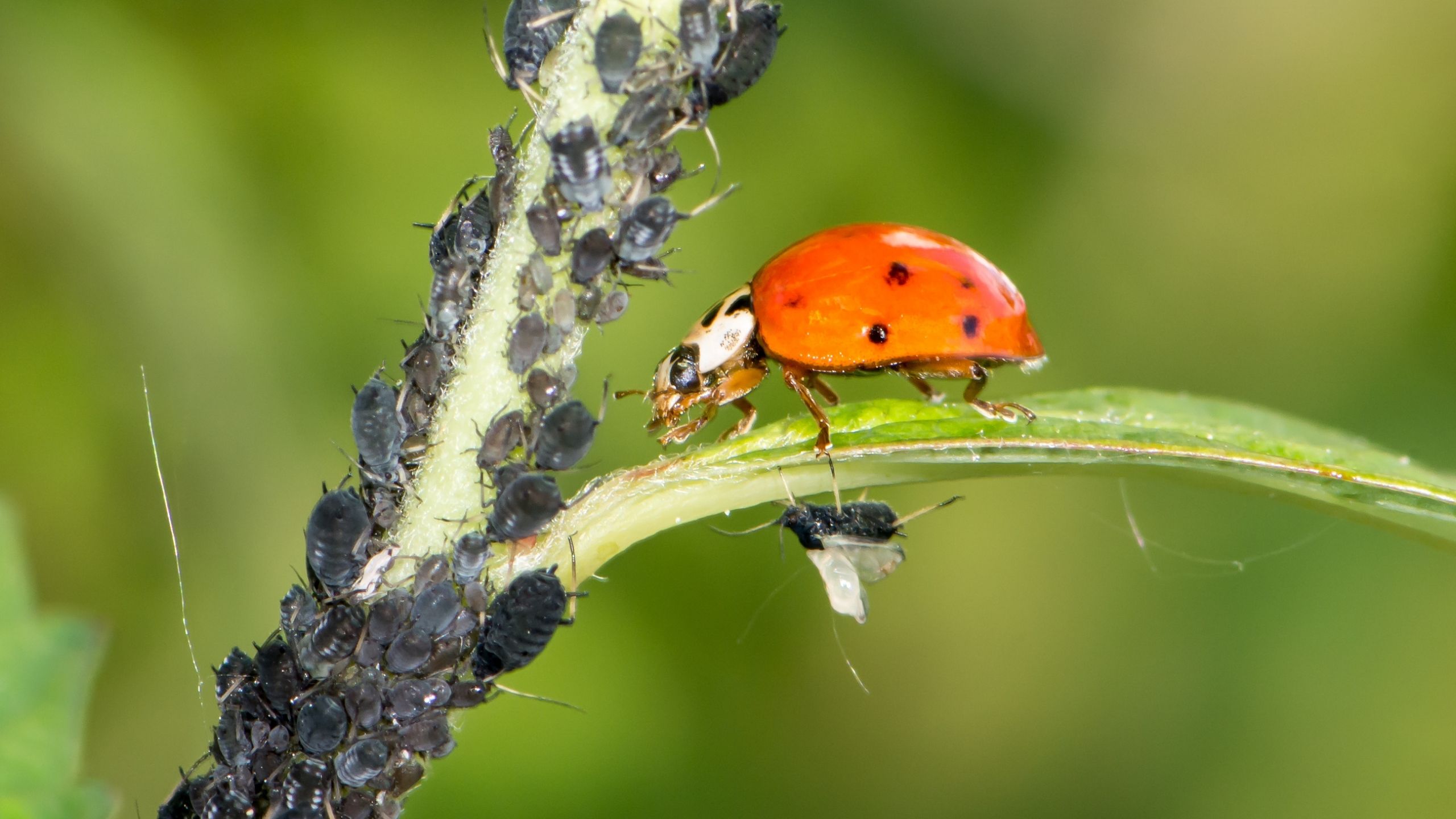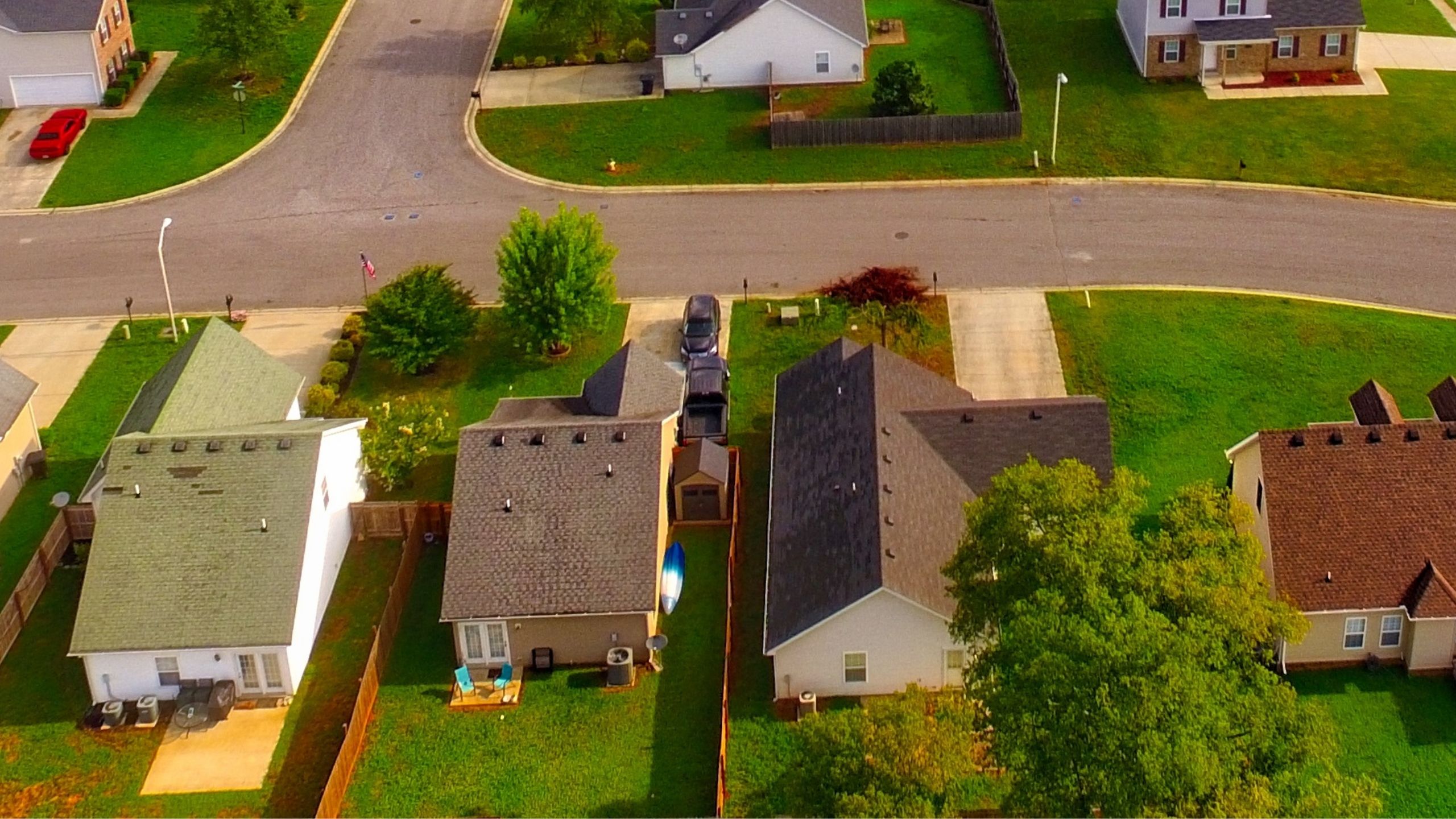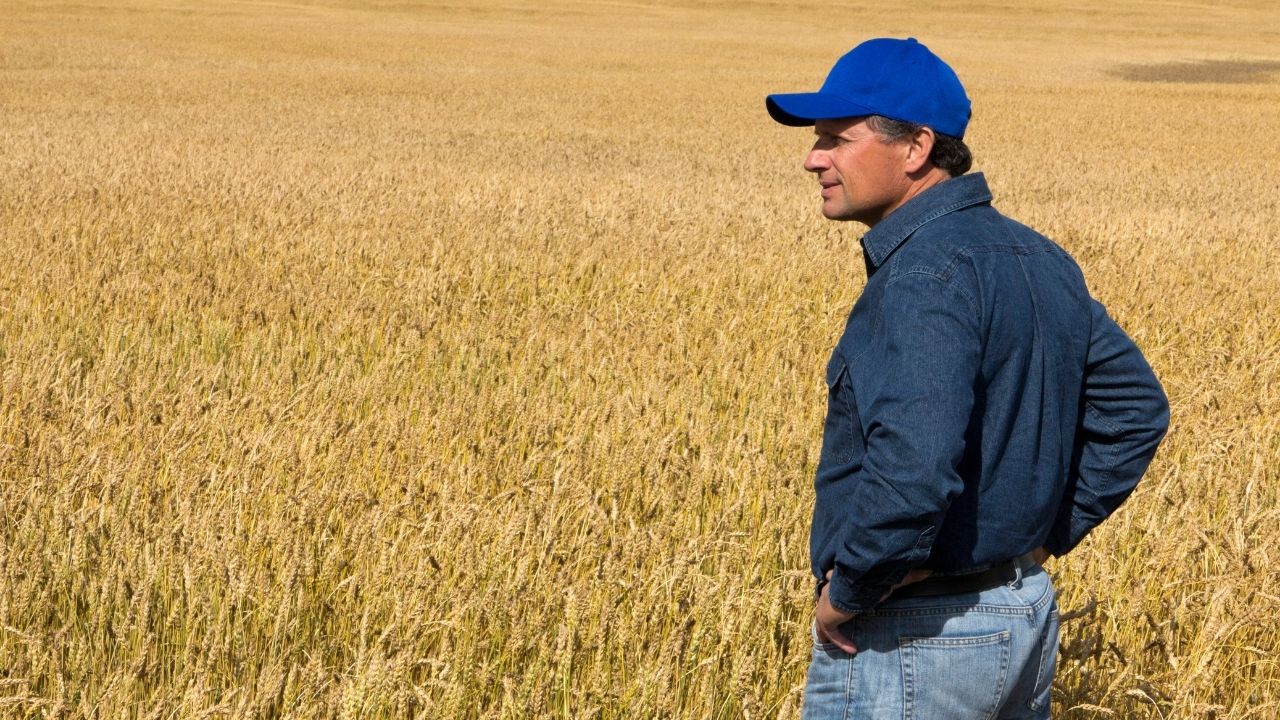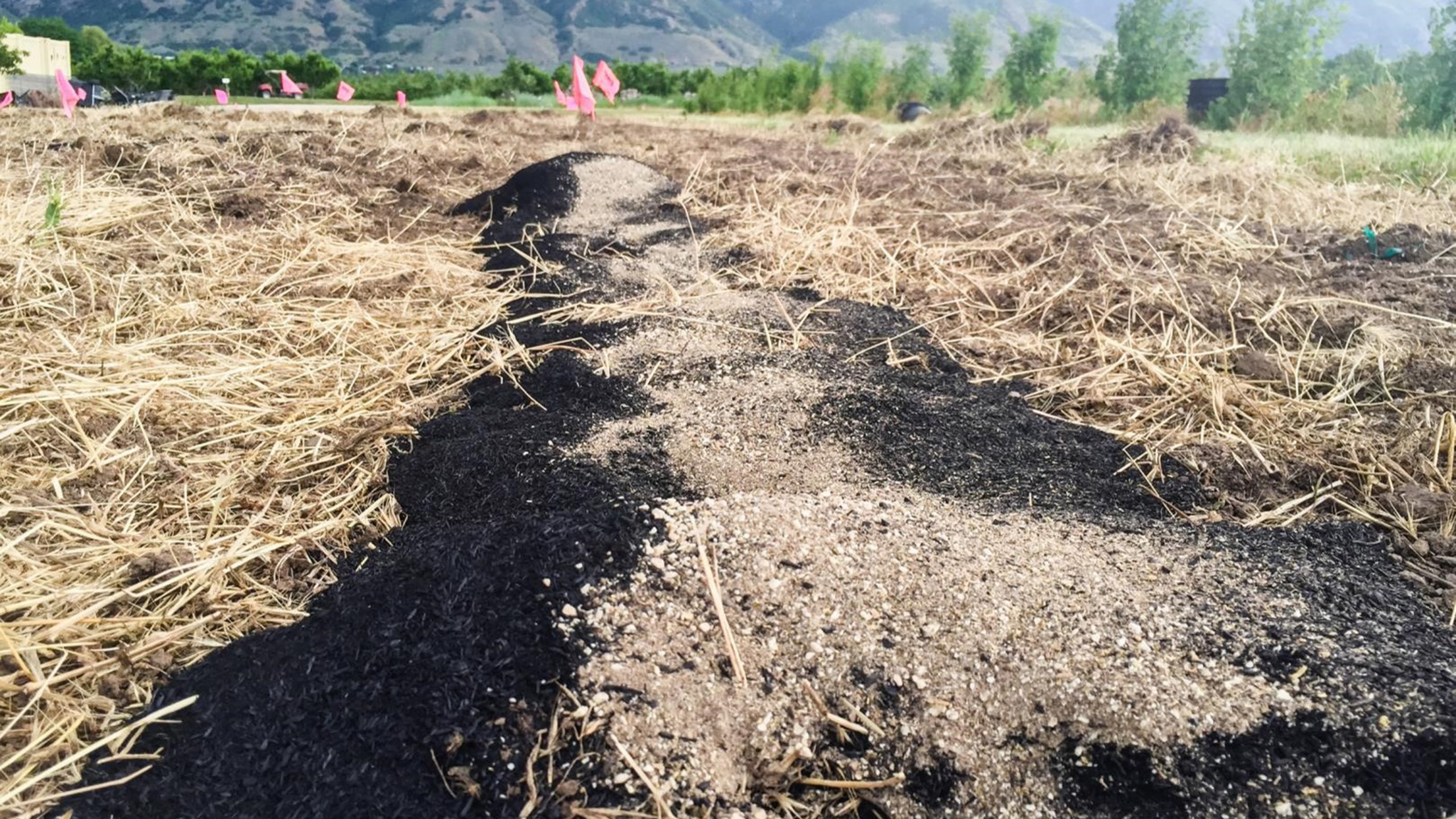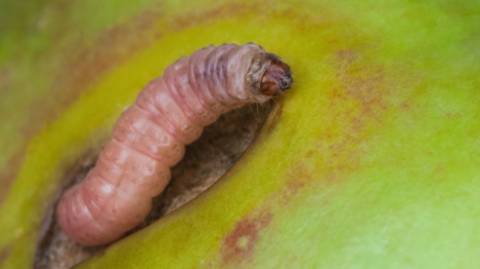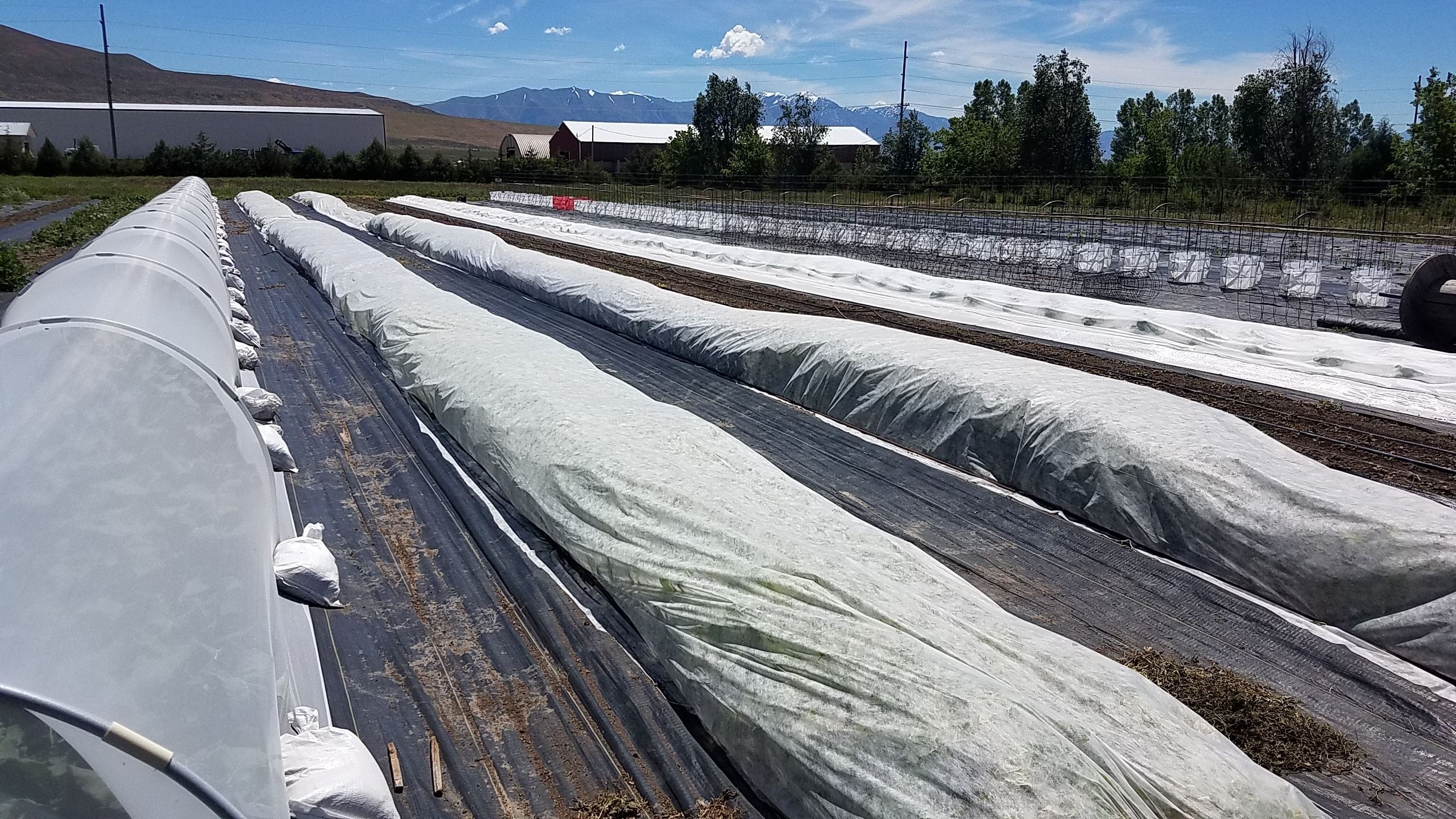Community-Wide Grasshopper Control
July 2018
Marion Murray, IPM Project Leader
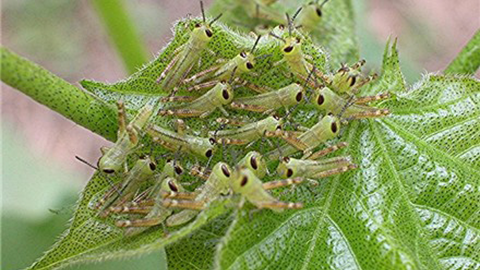
Springtime, while grasshoppers are still nymphs, is the best time for communities or neighborhoods to work together to suppress grasshopper populations. Treating as wide an area as possible is the key to success. When grasshoppers become adults, they can travel great distances and may not remain in one area long enough for an insecticide to be effective.
How To Identify Nymphs
Grasshoppers go through five nymph stages before becoming adults. Look closely at a few individuals to assess the size of their wing pads (see diagram below and table at right). Grasshoppers that are able to fly have already reached the adult stage. Mobility increases after the 4th instar, so insecticide treatments are not as effective on 5th instar, or adult stages.
General Sizes of Grasshopper Stages
| Stage | Size |
|---|---|
| 1st instar | 1/4 inch |
| 2nd instar | 3/8 inch |
| 3rd instar | 1/2 inch |
| 4th instar | 3/4 inch |
| 5th instar | 1 inch |
| Adult | 1.5 inches |
Note: Size is approximate, and depending on species, can vary by 1/4 to 1/2 inch.
Where To Treat
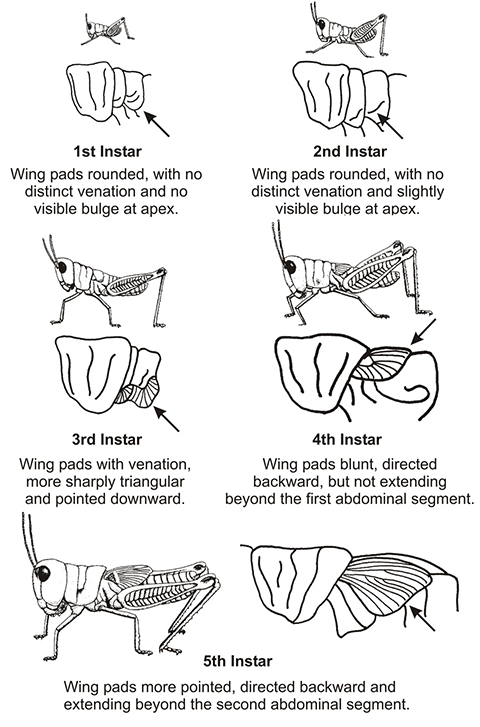
- Open fields
- Hedgerows
- Boundaries between yard and open space
- Roadsides
- Drainage ditches
- Other weedy areas
Treatment Methods Available
1. Bait + insecticide:
• wheat bran + carbaryl or Nosema locustae (a natural grasshopper pathogen) that must be consumed
• spread evenly through the habitat, grasshoppers eat the bait as they are foraging for food
• easy to apply, but expensive
• selectively kills only grasshoppers and other foraging insects
• must be reapplied frequently and immediately following wetting events (rain, sprinkler irrigation)
• very effective option
2. Dust (carbaryl):
• easy to apply, but expensive
• does not readily adhere to foliage and must be reapplied frequently
3. Sprays (malathion, carbaryl, permethrin, bifenthrin):
• less expensive, but must have the equipment to apply
• adheres to plant material
• kills on contact, or when grasshoppers eat foliage
Example Materials
There are over 500 products registered in Utah for grasshopper control. Below are some examples. Not all can be used on crops, so be sure to read the label. See precautionary statement at the bottom of this page.
| Baits | Sprays |
| Drexel Carbaryl 5% Bait | sevin |
| EcoBran 2% | malathion |
| *NOLO Bait Biological | permethrin |
| *1Planet Natural Semaspore Bait (planetnatural.com) | Bonide Eight |
| Wilber-Ellis 2% Carbaryl Bait | Hi-Yield |
| bifenthrin | |
| Dust | 1Allectus |
| Sevin | 2Brigade |
| 2Sniper | |
| 2Talstar |
*biological insecticide that contains Nosema locustae and must be applied at early nymph stages; 1not for edible plants; 2restricted use
For More Help
Some county weed offices will provide sprayers to use for free, but the applicator must purchase the insecticide. USDA-APHIS is responsible for control programs against grasshoppers on public lands. When grasshoppers occur at high numbers, owners may join together to receive state and federal aid in planning and conducting a Cooperative Rangeland Grasshopper Management Program.
Damaging Species in Utah

Redlegged grasshopper (Melanoplus femurrubrum)
Adults are 1-1½˝ long. This is the most widely distributed species, and prefers tall forbs, grasslands, meadows, crop borders, rangeland, and roadsides.
Differential grasshopper (Melanoplus differentialis)
Adults are 1¾˝ long, and live in fields, open woods and along the edges of water, and feed on grasses, weeds, and crops.
Twostriped grasshopper (Melanoplus bivittatus)
Adults are 1¼ - 2˝ long, and prefer tall, lush, herbaceous vegetation, and reside in ditch banks, roadsides, and crop borders. This species can be a major pest in small grains, alfalfa, and corn. It is one of the first species to appear each season.

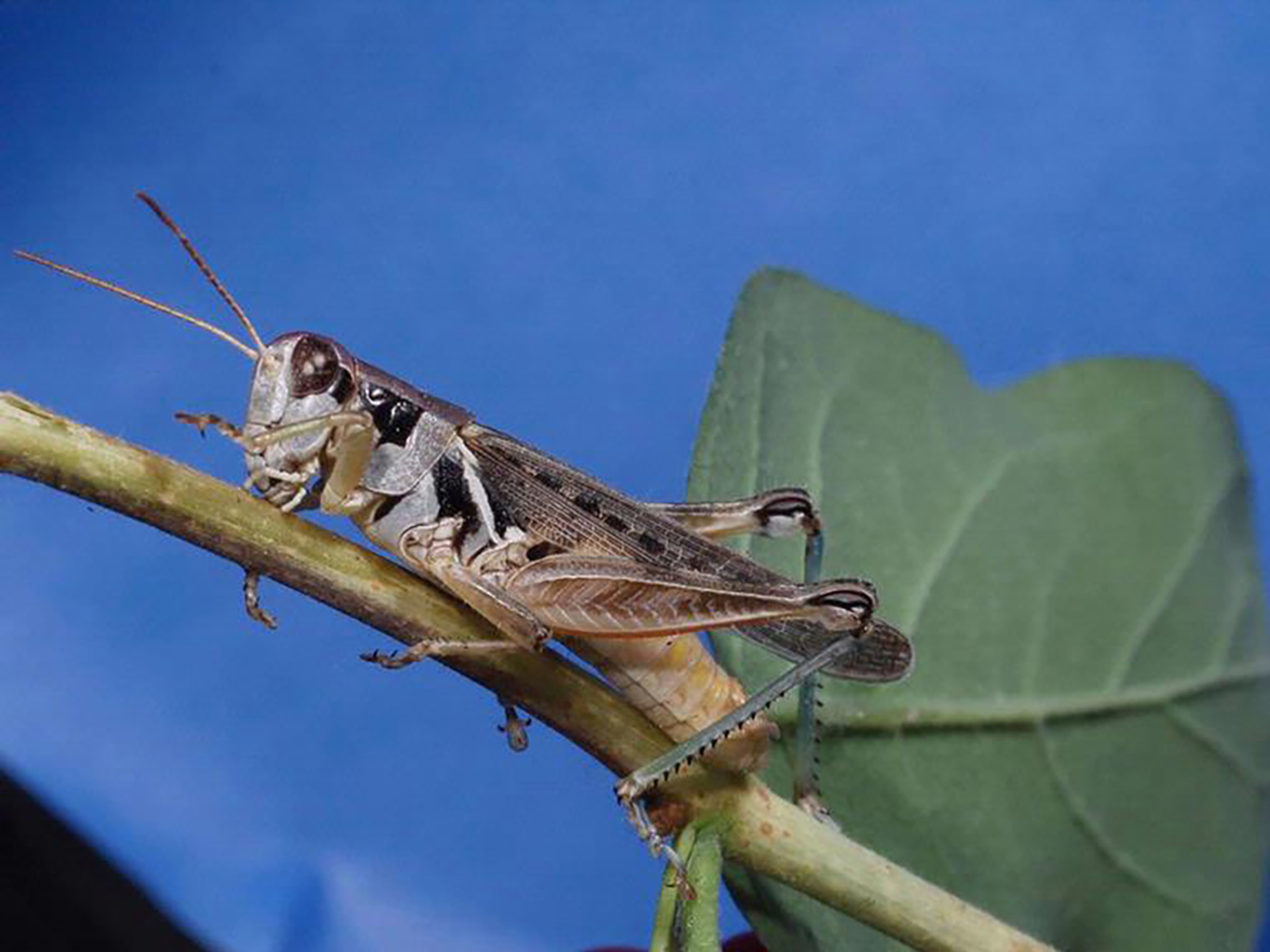
Adults are 1˝ long and prefer forbs, grasslands, and meadows. This grasshopper causes more crop damage than any other species of grasshopper on small grains, alfalfa, clover, vegetables, and ornamentals.
Related Research


